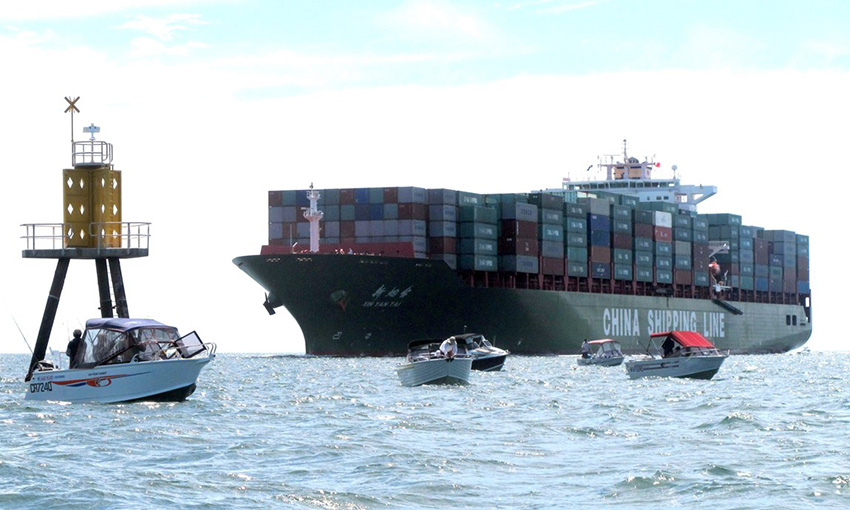WE are in one of the strongest bull markets for container carriers seen in the last few decades, with container rates on many trade lanes setting records week after week. But how long will this last?
The Freightos Baltic Global Container Index (FBX) climbed 38% in December to a new FBX-high of $3,377/FEU, a 143% increase annually, driven by still-surging global demand and the resulting container shortage that kept rates spiking on Asia-Europe and Asia-Mediterranean lanes.
Strong demand for transpacific ocean freight is still causing congestion and delays at US ports, and remains the main driver of the global equipment shortage.
For most of the month, Asia-US rates remained at about the same level they hit in mid-September, when pressure from Chinese regulators reportedly kept carriers from increasing any further the rates that had climbed since June.
But prices ticked up by about 8% to close the year at new highs and cross new thresholds – with China to US West Coast rates reaching $4,200/FEU, 208% higher than last year, and East Coast rates ending at $5,405/FEU, 110% above the price a year ago – perhaps indicating that any tacit agreement may be coming to an end as additional pre-Chinese New Year demand begins to build.
Lars Jensen, CEO of SeaIntelligence Consulting says the honest answer to how long this bull market will last, is that no-one knows for sure.
“The container shipping supply chain is comprised of a large number of elements, and presently virtually every single one of the involved components is finding itself in a state of turmoil,” he said.
“Getting the market to a normal level of predictability and performance will take an unknown amount of time.”
Mr Jensen said the trigger for this level of uncertainty is the pandemic, which in turn has dramatically altered consumer behavior – again leading to an impact on container shipping volumes. This impact has not only been both negative and positive in 2020, but it has also shifted with a speed not seen previously.
“The magnitude and speed with which the consumer behavior – and hence impact on the container markets – will change in 2021 is exceedingly difficult to predict given that all modelling of this is quite literally virgin territory,” he said.
“Seeing beyond the immediate issues related to the pandemic, it would be erroneous to believe that once the pandemic is over then the container markets would become stable and predictable.”
Mr Jensen offers two reasons for this position. The first reason is that the container shipping market has always had a relatively high level of unpredictability. Whenever there are large changes in market elements, this tends to draw headlines. But unfortunately, this often also leads to the perception that large changes are an anomaly – a unique and rare event.
“The reality is that these changes are more frequent than market participants appear to give them credit for,” he said.
The second reason is that the structural development in the industry will act to enhance these uncertainties and not necessarily reduce them going forward.
“As a consequence, we might well see a gradual market shift – in essence a bifurcation – towards a more volatile spot market on one hand and a more stable contract market governed by enforceable contracts.
“For shippers who wish to manage their market risk, this will result in a challenge. Even the most structured shippers cannot accurately predict their volume flows up to a year in advance.
“Especially not at a port level as both customer demand, as well as sourcing locations, might change. This, in turn, means that they will be able to secure only the most predictable part of their demand in a strict contractual framework but be left to the increasing uncertainties of the spot market for the rest.”
Mr Jensen said, for those shippers, it is therefore worthwhile to consider how to re-address risk management to find the correct balance between the need to know future costs, the need to be able to move product reliably, and the need to be able to shift sourcing locations and address changes in consumer demand.

